Racing in Vouta has always been one or more stories written not only every Tuesday or Thursday, but sometimes every evening, on the waterfront track in the Athens suburbs of Varkiza and Vouliagmeni.
It was a stress-relieving ritual for automotive insiders who liked twin-turbo engines or nitrous oxide tanks mounted on tuned “beasts” controlled by “handlers”.
Cars that entered the turn skidding and, when necessary, with the handbrake raised, delighted the devoted public. “Damn, this all happened at seven hundred meters. I covered three hundred kilometers in Wut, having traveled this distance!” – a rough male voice spoke to me on the phone six years ago.
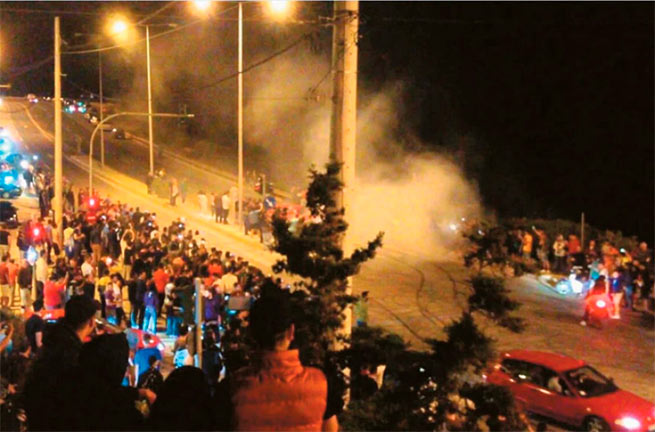
Dimitris Papadopoulos was not and probably never will be an ordinary person, having learned to drive a car at the age of eleven. Since then, he fell passionately in love with four wheels, and some say, with the women of his life, a man known to everyone as “The Damned” (“Ο καταραμένος”). At 55, he’s still the legendary old-school type of man, with genuine muscularity mixed with plenty of adrenaline. His name has been legendary since the mid-80s when he started competing in legendary competitions at the age of 19.
Dozens of cars worth hundreds of millions of drachmas passed through his hands, with the help of which he turned ordinary cars into real rockets. It was he who turned the Mitsubishi Evolution into the world’s fastest car with a 1456 horsepower engine and posed against it on the cover of Max Power magazine.
Now he has passed the baton to his son Kostas, the “cursed youngest” (“Καταραμένο junior”), as he calls it, although everything is not the same as before, and Papadopoulos did not refuse to “plunge” into memories of other times. In those when, in his words, “everything was more innocent” and therefore real.
Dimitris Papadopoulos, nicknamed Woota
Dimitris Papadopoulos, the child of a typical Greek family, grew up as an ordinary child of the post-war era, and by the age of eleven “I learned to drive a car well. Since then, I fell in love with cars, so when I went into the army, I was already a ready driver and received this specialty.” However, while serving his mother’s homeland, he also received another – his famous nickname, which also flaunts in the form of an emblem on the cars he modifies.
“One day I was returning from the route, I was running, picking up speed, along the turn leading to the entrance to the camp, and I crashed hard into the gate, taking with me everything that was there.” The commander of the unit, hearing the noise, comes out, sees him standing in disarray, and starts shouting: “You are cursed, my son, cursed!”. That was enough for him to get his famous nickname!
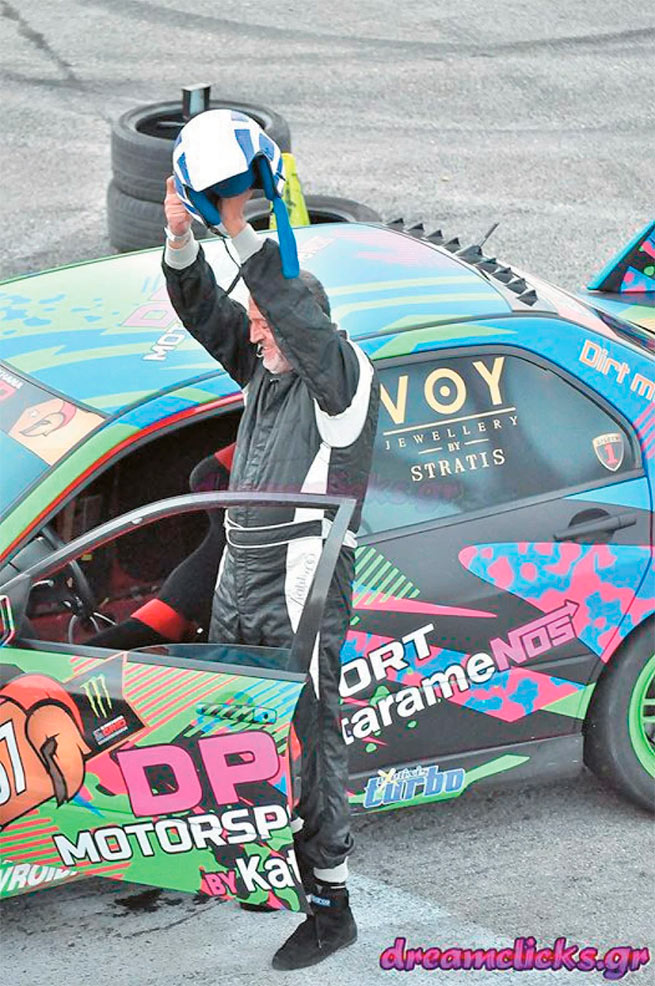
His hands move quickly, so much so that he begins to experience how much faster he can make conventional cars of the time, now and then resorting to modifications and alterations. One of the first is the two-seater Ford Escort of the 80s, which after “work” produces one hundred and eighty horsepower, and with which he wins his first races. “I came up with a name Wuta for this particular place in Vouliagmeni, – emphatically emphasizes “damned” racing king– so that everyone can understand what kind of place it is. This place somehow turned into a track, but the name has remained”.
When asked if he has ever lost in a competition, Dmitry is categorical, despite the urban legend that he sometimes came second. “I never lost as long as I can remember when I participated in competitions. I don’t remember how many I spent, more than a hundred for sure”he tells me, while sports experts claim that he participated in more than three hundred!
But best of all he remembers the most intense confrontation for him, which took place not in Vouliagmeni, but in “Krifi”, on the straight in Marathon, without poles with lanterns on the road and houses on the right and left. “We did it with my friend Basina, and it was an unforgettable experience, one of those that mark your life, son. It’s you, your car and steering wheel.”
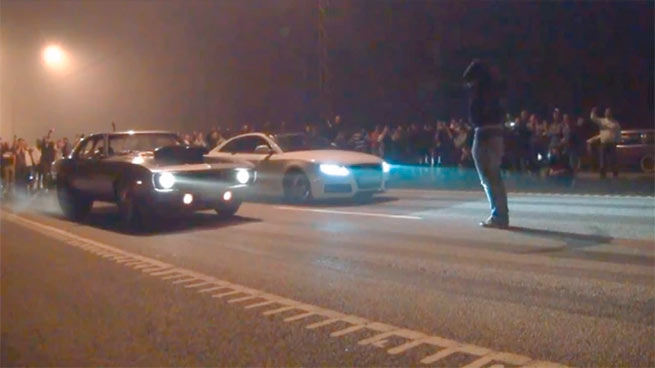
Stakes, women and madness
In those years, Papadopoulos spent a lot, even too much, on modifying his cars. Some remember the monstrous Ford Sierra Cosworth he raced with. On its modification, he spent fabulous for that time – the beginning of the 1990s – three hundred million drachmas. In its final form, it puts out six hundred horsepower plus another two hundred from a nitrous oxide tank. “I was the first to use nitrogen in cars in Greece. When people first saw it and asked what it was, I answered that it was a fire extinguisher,” he laughs.
Tales and testimonies from that period show that Papadopoulos won a lot of money at the races, since there were nights when the stakes exceeded five hundred thousand drachmas, and sometimes a million. When asked if he ever gambled for his rights or money, he let me know that he did not want to answer, because he did not want to open this chapter. He prefers to remember hundreds and sometimes thousands of spectators who gathered to watch the races of twenty crazy people who lived and breathed to race their cars.
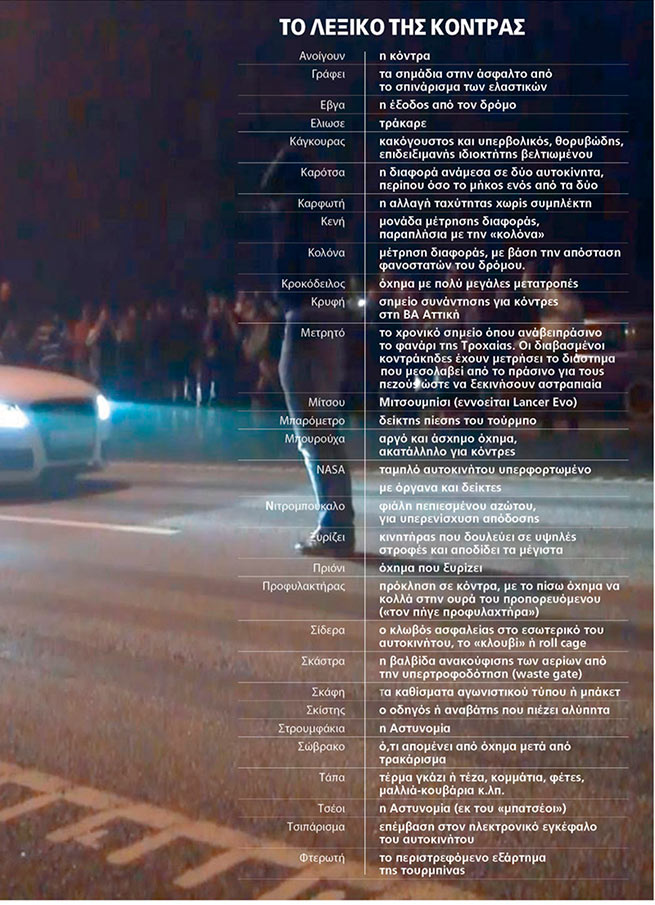
He is considered a specialist in “transformations”, and it was he who managed to spend five hundred million drachmas – a fabulous amount at that time – to create the fastest Mitsubishi Evolution in the world, which “gave out one thousand four hundred and fifty-six horses”, adding even more points to his and without that excellent reputation. It is no coincidence that whole groups of people gathered in Wutu to watch how the “damned” rushes at a speed of three hundred kilometers per hour, for the sake of a few seconds of purely masculine pleasure, which, however, had no shortage of women.
“We took girlfriends with us, I took a wife who was not afraid because she knew how good I was and enjoyed the spectacle,” recalls Dimitris. When the conversation turned to whether he was in danger, he was adamant: “I was never in danger because what I did, I did very well. It was my hobby, my journey, if you like, and despite what people say, there were many nights, at least in in the beginning, when losers paid for drinks and food”.
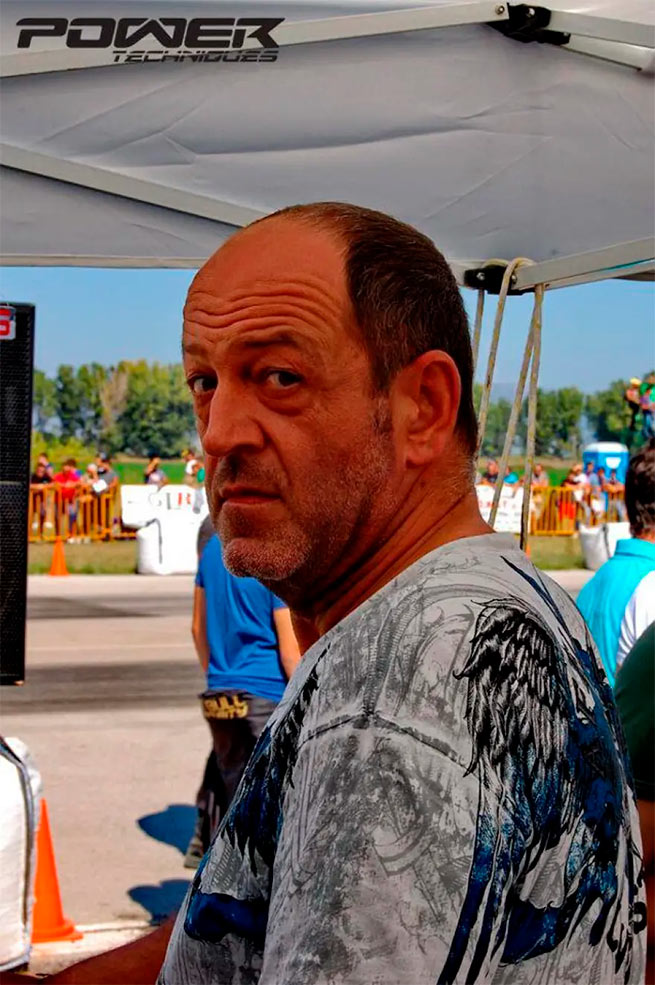
He claims that the police never “didn’t pick up”but others remember his legendary red Mazda RX-8 parked several times in front of the traffic police building in Glyfada.
Right now he’s solely busy with his shop, which is of course called “The Cursed”, and too many people take their cars there to make them faster from “King” Wuta. “If I am challenged, I will only do it in a race and on a track., he emphasized. And speaking about what is happening now, he admitted: “Withnow it’s not the same as it was then. I remember those years because it was all more innocent, despite what you hear. Then, no matter how many cars we drove, after the races we all left together as friends. Now they’re gone, the magic is gone…”.
But “King Woota” remained, stories about burning exhausts and squealing tires at the start for the sake of those seven hundred meters of testosterone, which the “damned” would not exchange for anything in the world …
Limanakya: “corsairs” of asphalt
Spring, mid-90s. A group of young people from Thessaloniki arrive at the famous Vouliagmeni limanakia, a circuit where adrenaline is in full swing every night, where drivers come “high” or not, and where they face each other on a track several hundred meters long. Young people from Thessaloniki learned about the famous coastal road races by listening to stories and urban legends that ran from south to north and had it all.
Drivers determined not to lose, and cars such as the legendary BMW Convertible, the fastest car of the time, for which its owner paid seventy million drachmas to complete. He wanted her to fly, and everyone was waiting for him to appear in Limanakya with his “baby”, which was invincible and made other drivers jealous. From the mid-80s to the famous MEGA report on the death races on the coast road, Vouliagmeni, Voula and Varkiza lived long nights with racing that had it all, but the main thing? Determined drivers…
Prize? Most often, these are several tens of thousands of drachmas and prestige for the winner, while the loser received a smack or words of sympathy. Urban legend has it that some night racers “bet” their car licenses for the race, or wager sums of five hundred thousand drachmas. Both rights and money changed hands after just a few hundred meters along the asphalt, giving unforgettable evenings to those who often visited neighborhoods with a suitable view.
The legendary races attracted people from all parts of Athens, cars and motorcycles of all types, some homemade, others factory assembled. Some, according to the recollections of old-timers, exceeded their capabilities, such as the case of an 18-year-old boy who tried to drive his mother’s Hundai Acsent at speed into a sharp turn. The understeer-prone car thankfully “got away” without harming him, and he left, watching passers-by laugh at his… feat. In contrast to the above, there were some amazing drivers, such as the driver of a black Peugeot Rallye who entered a nearly 180-degree turn at a speed of one hundred and twenty kilometers by applying the handbrake three times!
In the early years, the police were limited to the role of an observer, patrol cars made several early detours before the “party on the pavement” began. There were evenings when the police watched several races with a smile, but at some point the situation changed, after several accidents, protests and reports like the one received from Mega, whose camera recorded the accident. The control became tight, police cars did not leave riders alone, and in some cases plainclothes police officers and powerful cars without insignia posed as “players”.
As the old-timers recall, the police came to Porsche, BMW M3 and Mercedes, “provoked” people, and when the confrontation began, they took out a beacon and forced the opponents to stop so that they would do what was needed. Police cars were everywhere, from Ribas in Varkiza, where everyone gathered, to Vouliagmeni, they stopped the participants and took away numbers on the spot, and sometimes the rights to the car.
Now the racing has died down, and what happened the other day just reminded us – vaguely, though – of a Tuesday night meeting a few years ago. It all started relatively calmly, but ended in a mass brawl with the MAT, and twenty-nine detainees reminded that the times of innocence for Limanakia had irrevocably gone. Some say that it all ended in accidents, in which innocent people died who were on the road at the wrong time. Romantics, on the other hand, simply remember the nights when the races ended only with laughter and sandwiches from the legendary Lemos canteen, where “impromptu” races were analyzed and their own special history of the Athenian night was written.
There were also those who, as I remember, wanted to demonstrate their driving skills and day driving with corresponding results. One such would-be rally driver, on a summer day in 1987, tried to take a long left turn at what is now the island. People who were bathing a little further heard the sound of braking, the crunch of metal, and after a few seconds they saw the Renault 5 descend the slope and stop on the rocks! When the driver got out of the car, it seemed to them that, despite the fright, he was smiling…
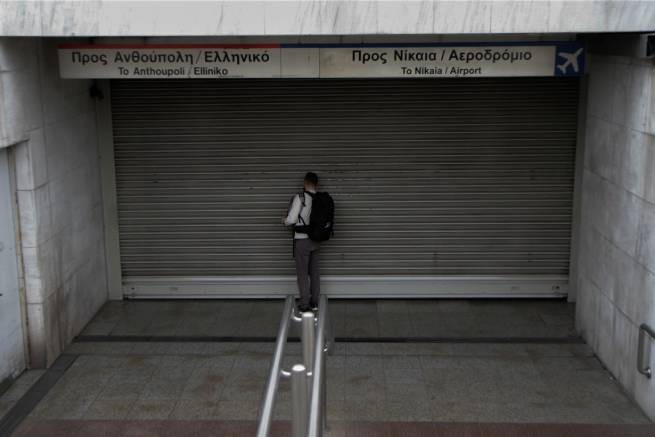
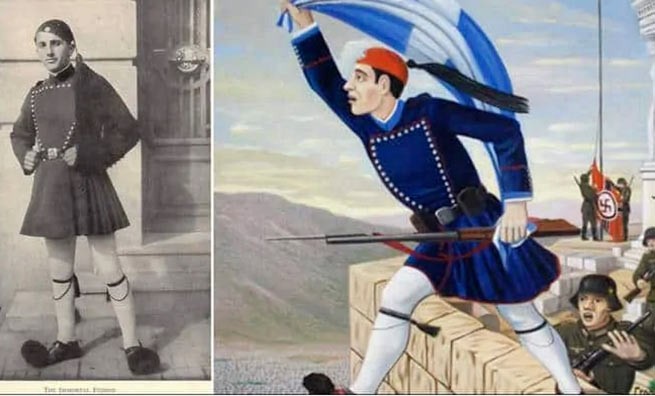
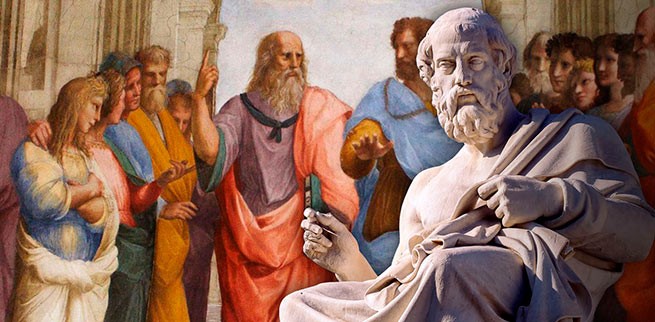
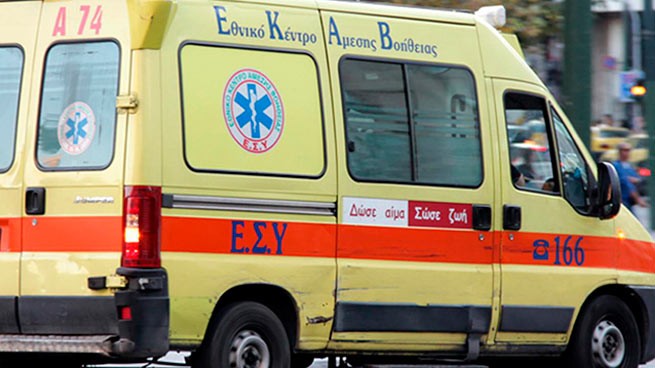
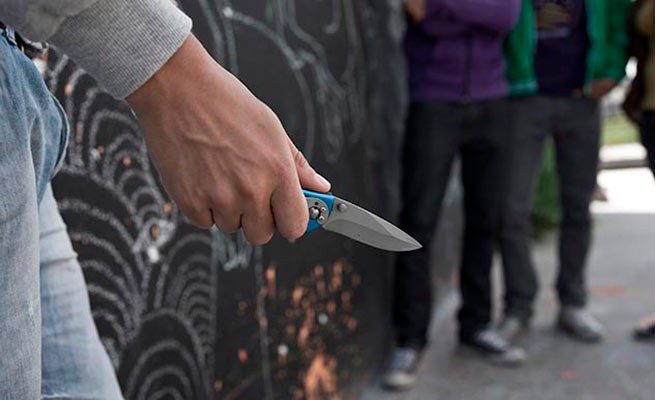
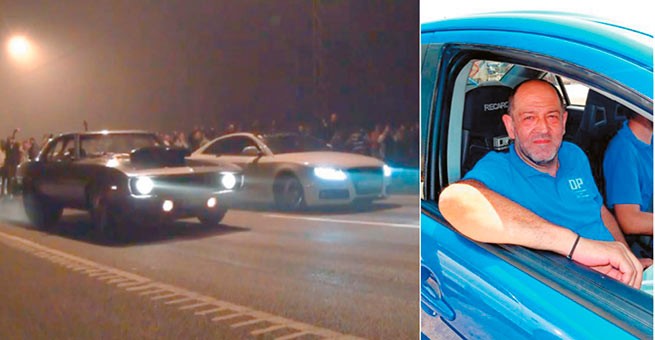

More Stories
Union of Judges: “People’s courts were created against us with the loyal attitude of the government”
Borrell: "Europeans will not go to die for Donbass, but they could help Ukrainians stop dying for Donbass"
Court in the Mati case: “10 euros a day is the price of the lives of our children”